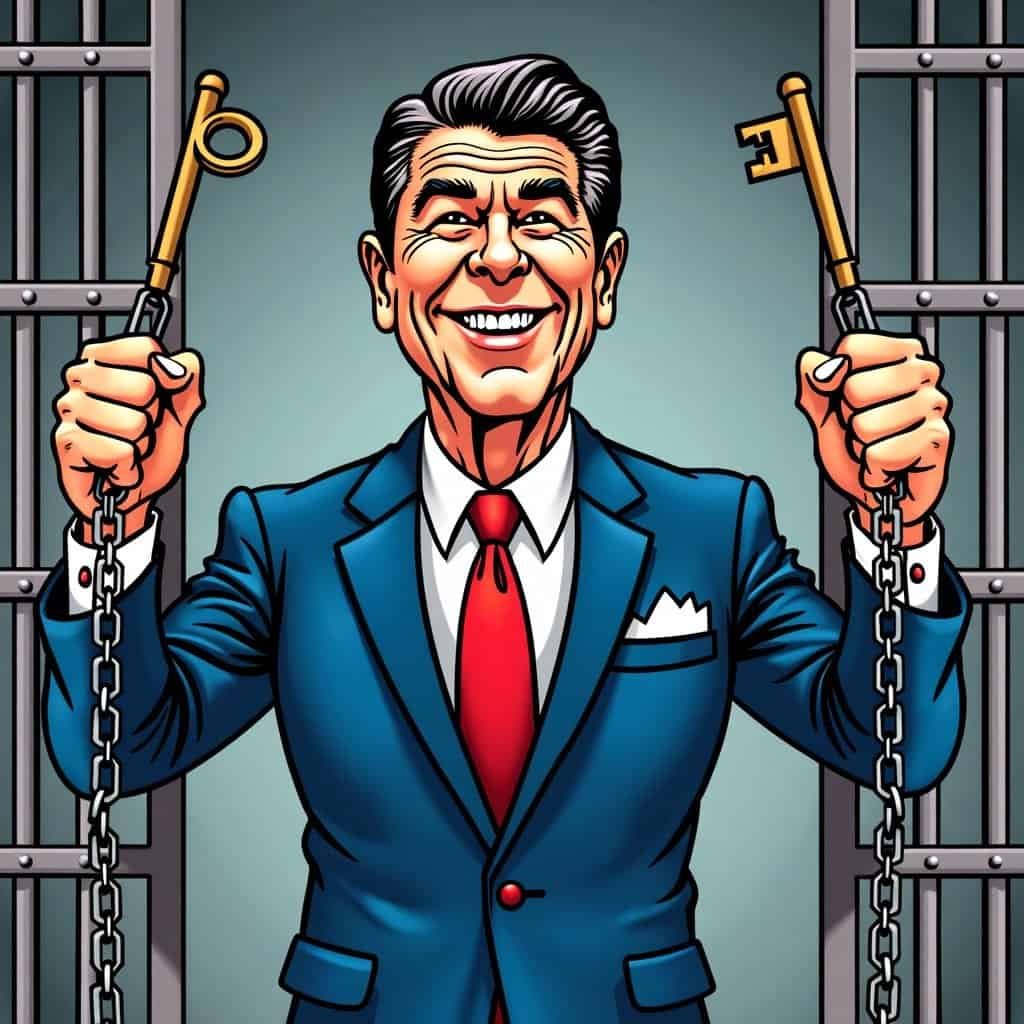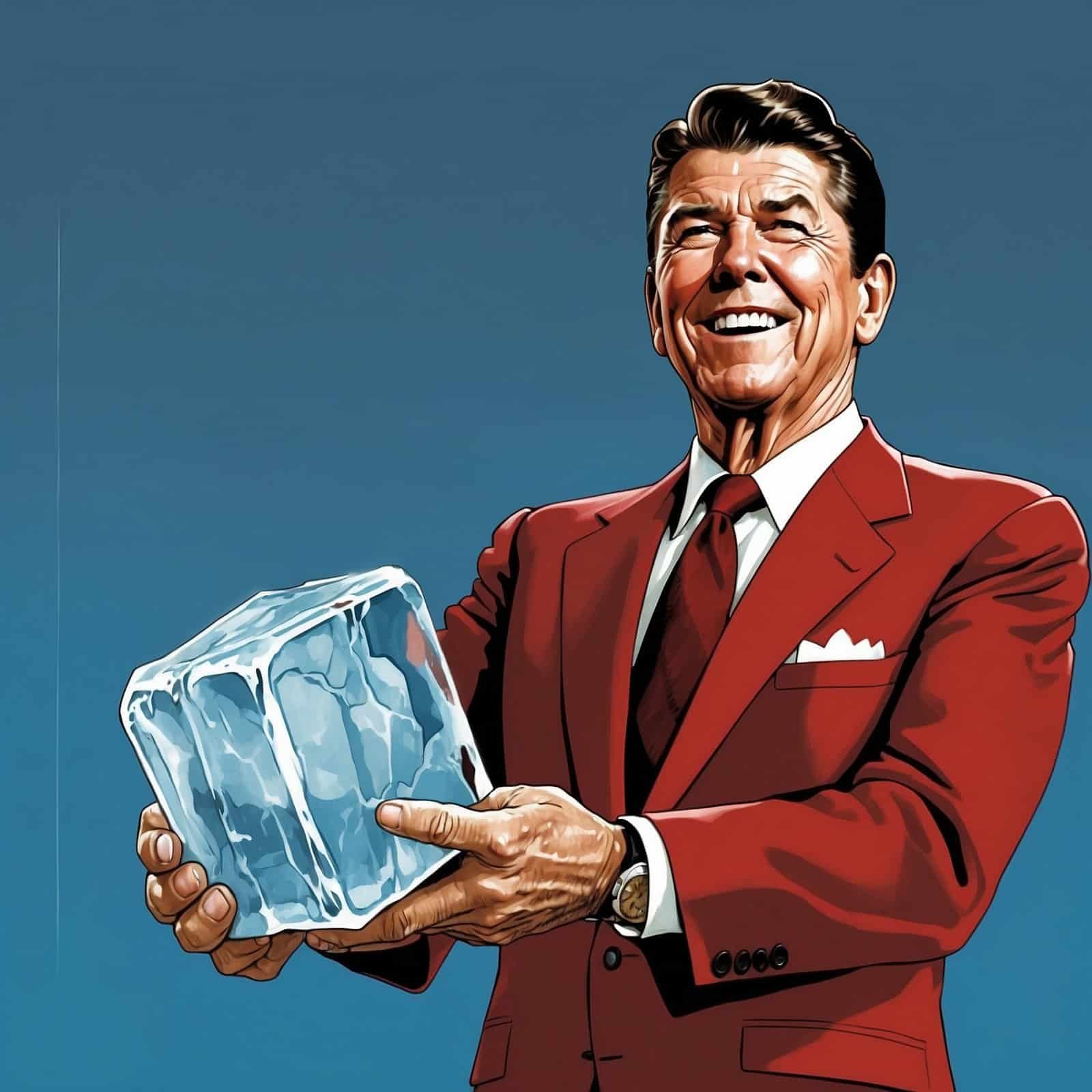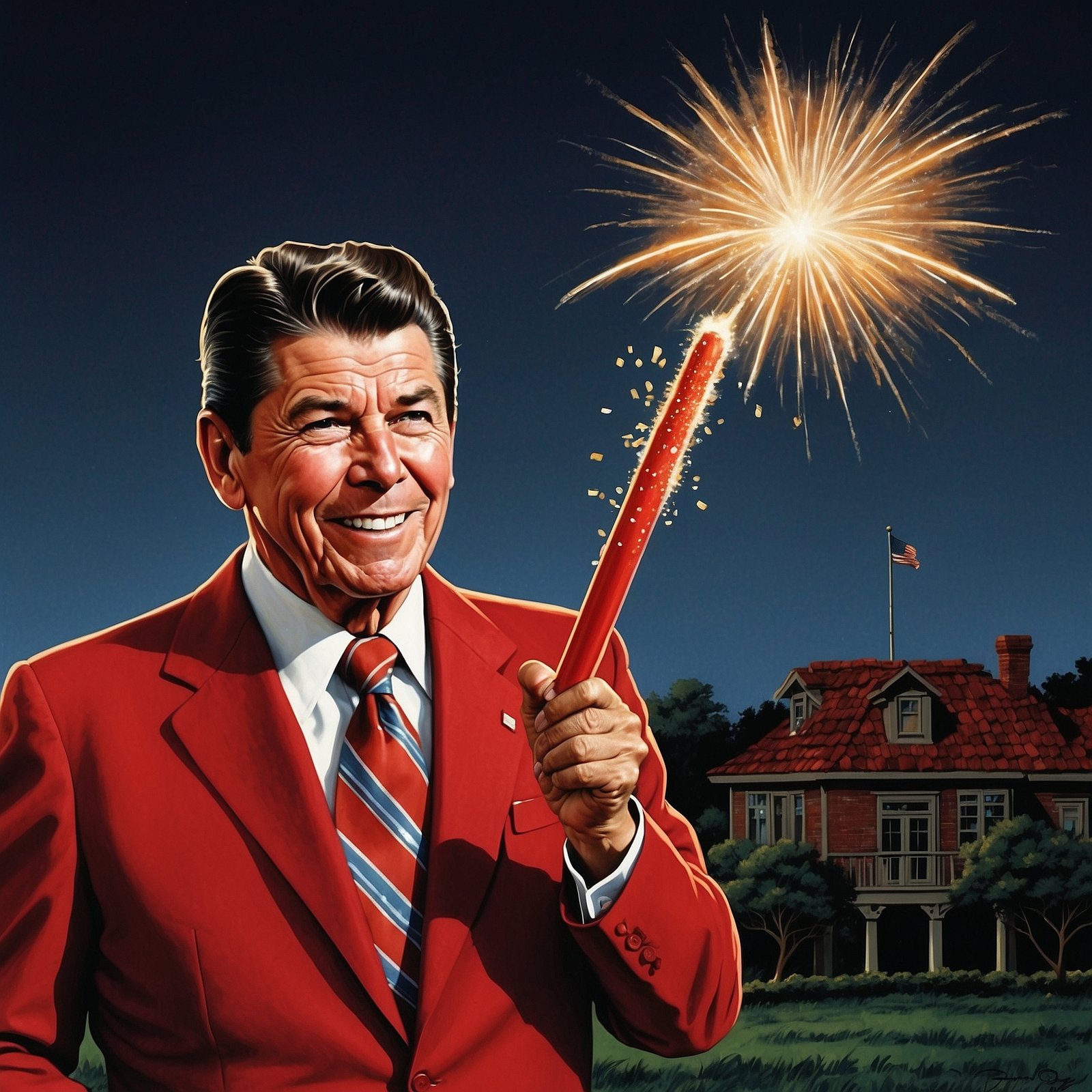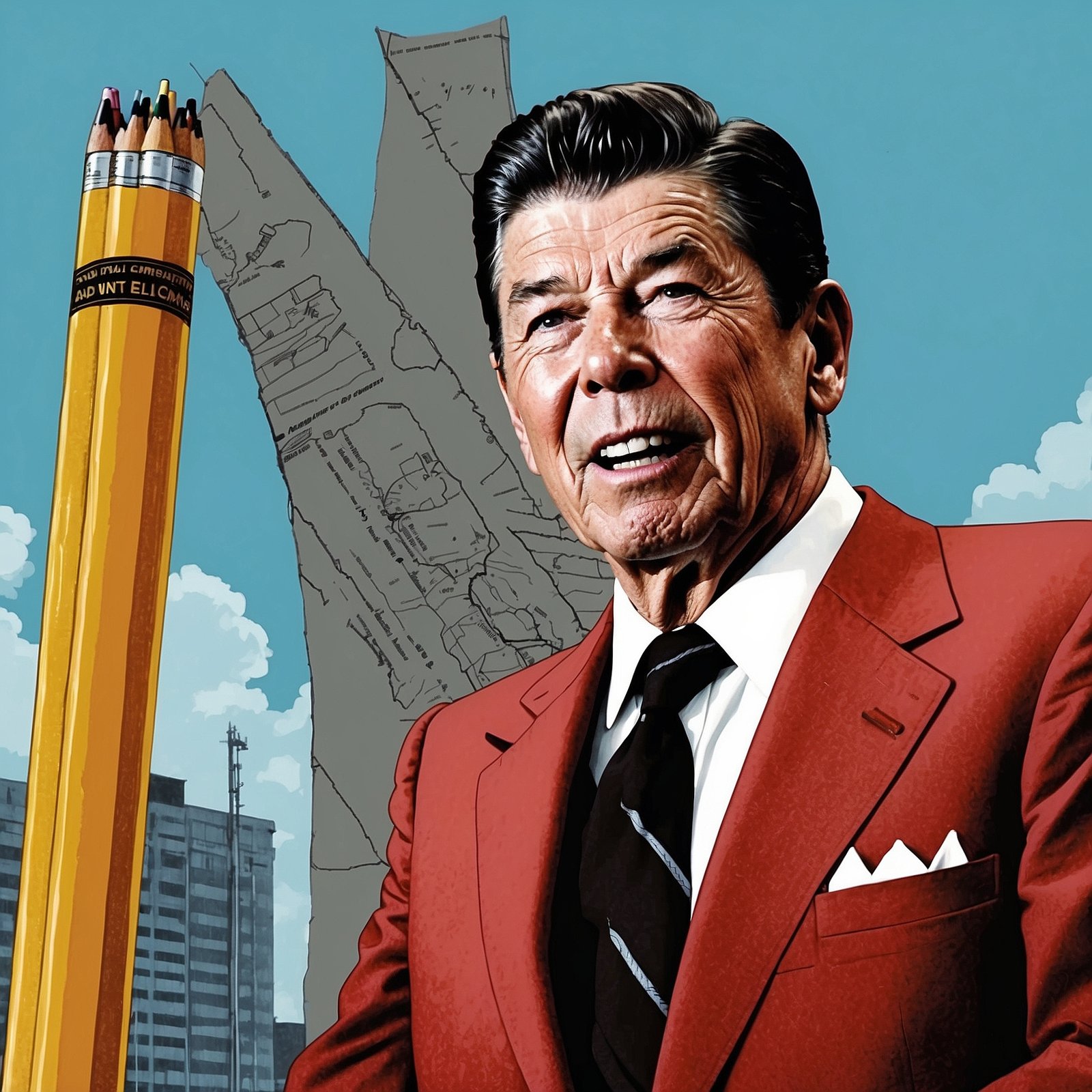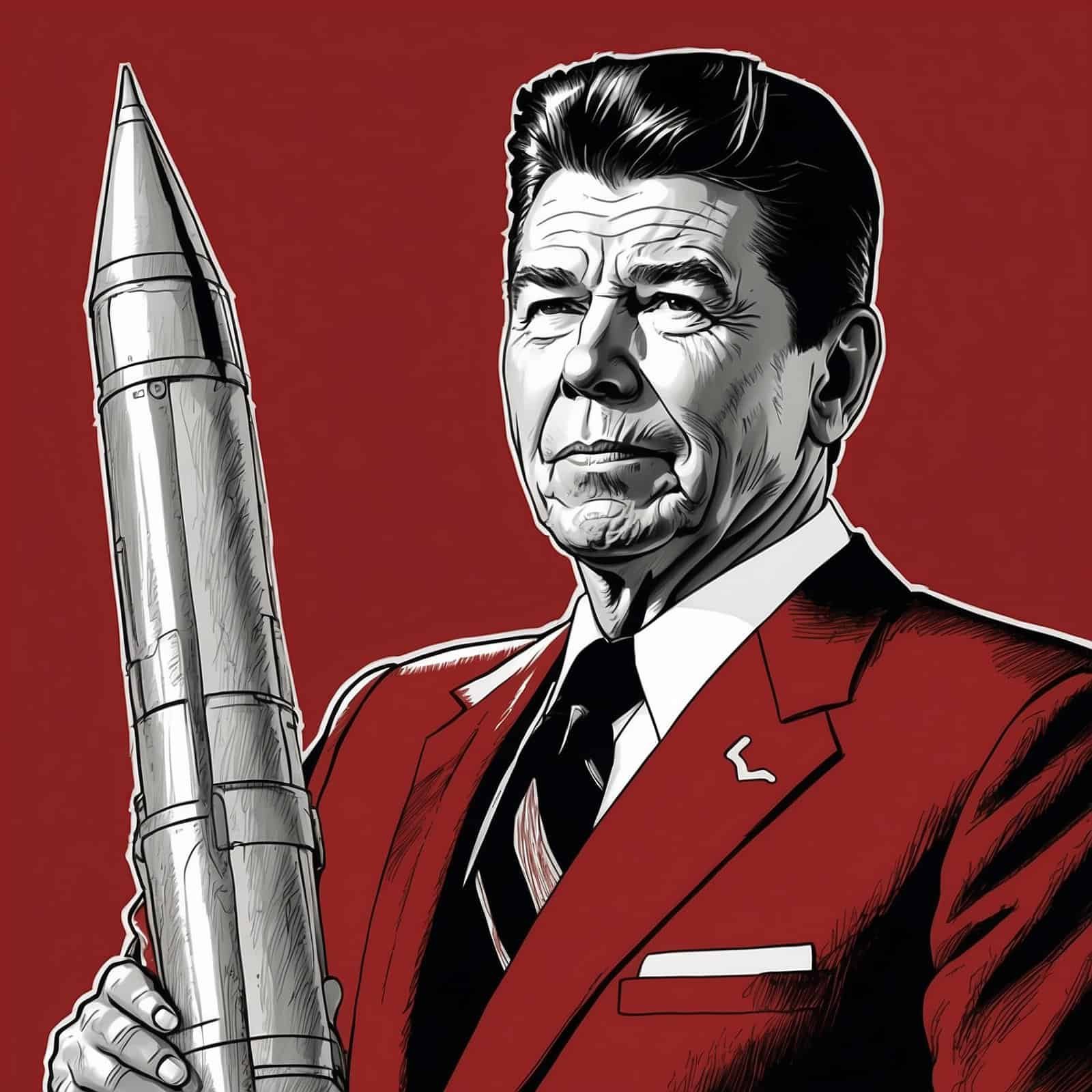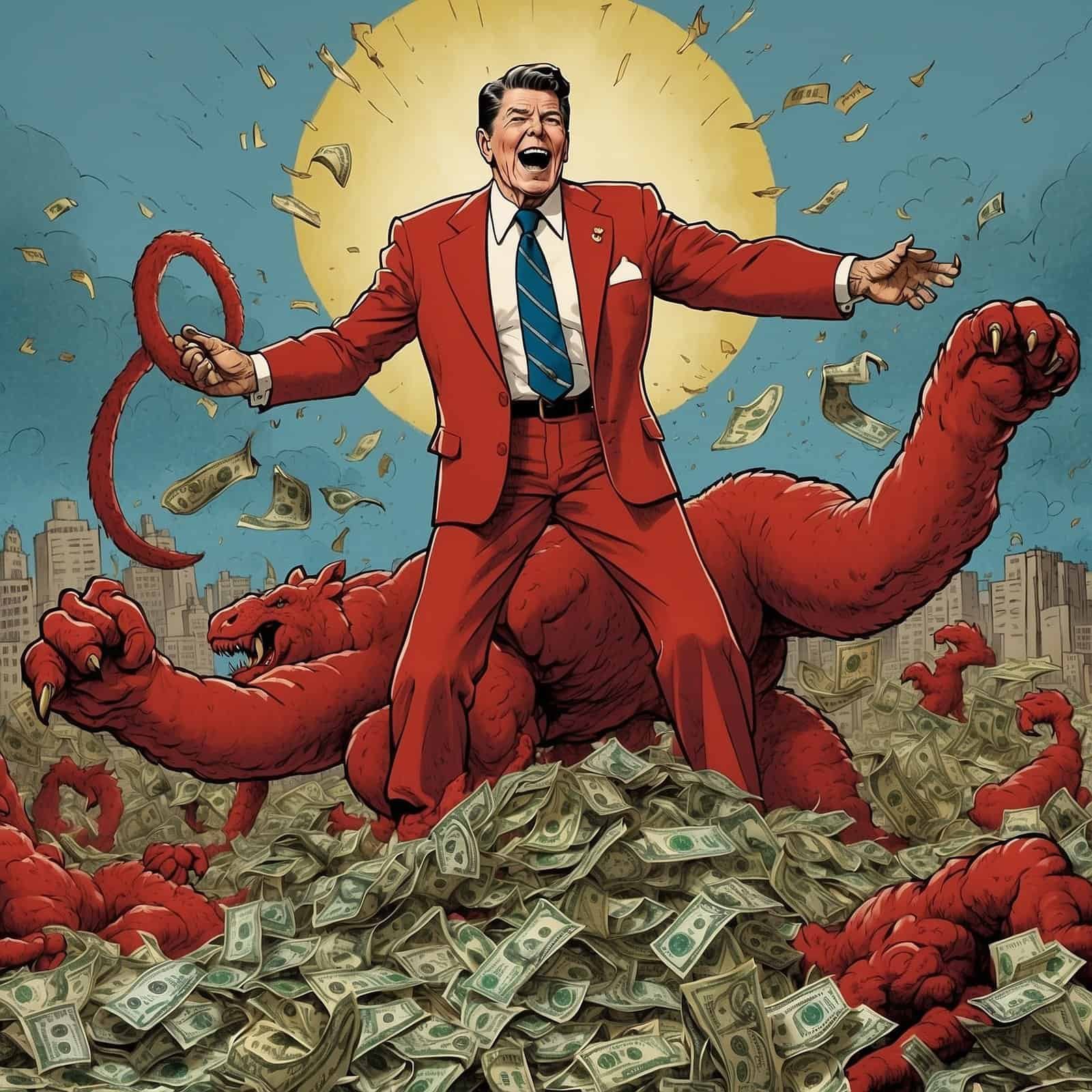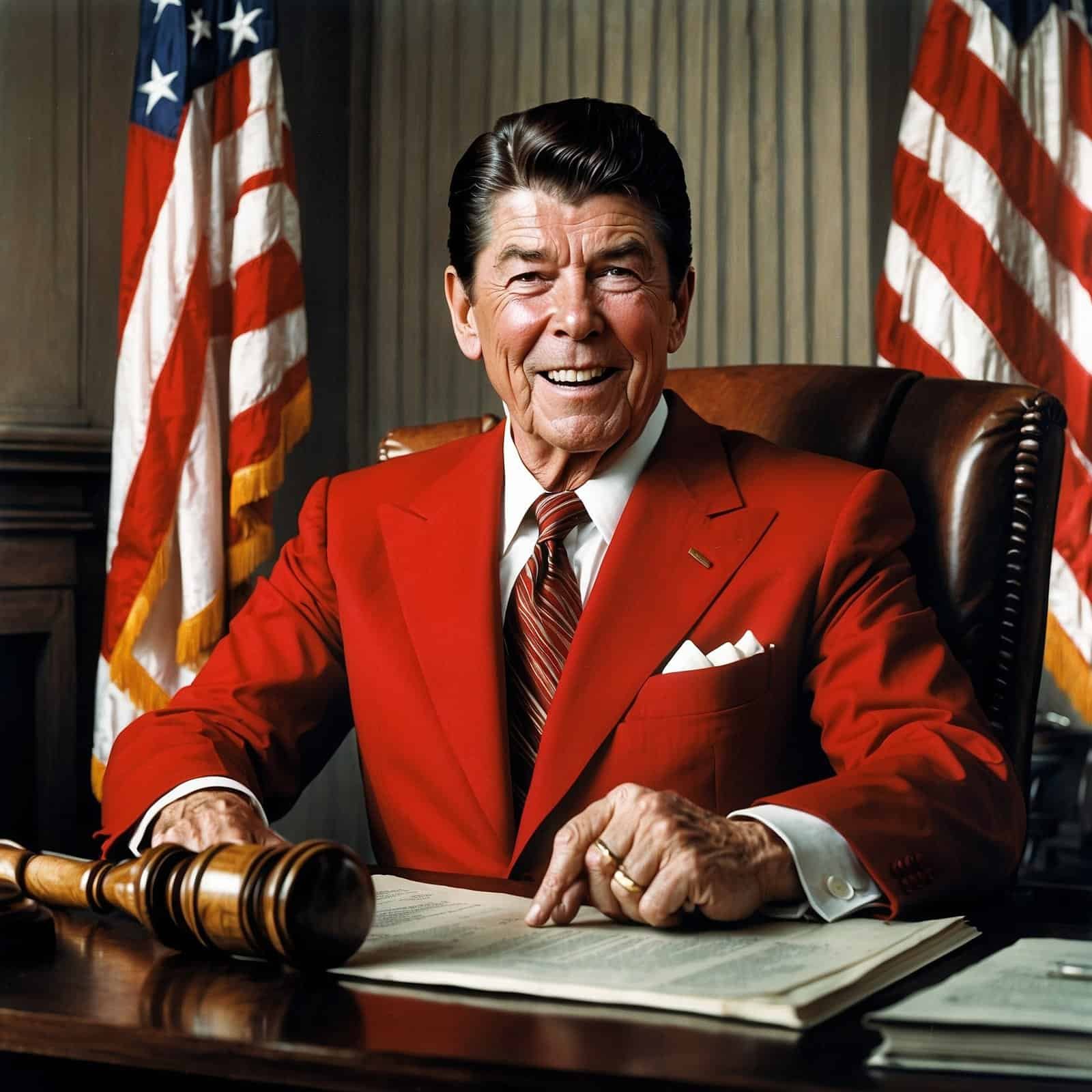Ah, Ronald Reagan – a name that sparks both fear and admiration in liberals and conservatives alike. Today, we’re taking a deep dive into one of his shining moments: freeing hostages in the Middle East. So grab your cowboy hats and put on your aviators, dear reader, because we’re headed back to the 1980s!
You don’t need to be a history buff to recall the Iran Hostage Crisis. We still see those grim, black-and-white news clips whenever someone mentions “Jimmy Carter.” You might be wondering, “What’s the big deal?” Well, buckle up, buttercup, because this story has it all – intrigue, foreign policy chess games, and yes, a hearty dose of good ol’ American grit.
Picture this: Ronald Reagan, whose charm could make even a cactus swoon, taking the presidential oath in 1981. Just minutes after he swore in, a certain crisis magically resolved – hostages held in Iran for 444 days were freed. Coincidence? Well, if you asked a liberal, they might mutter about backdoor deals, “October Surprise” theories, and something about the alignment of the stars. But let’s cut through the nonsense, shall we?
Reagan’s Approach: Firm, Decisive, and Unabashedly American
Reagan’s strategy was different: it was firm, decisive, and unapologetically American. Underneath that Hollywood smile was a spine made of the same stuff as the Liberty Bell. Reagan didn’t beat around the bush; through clever diplomacy, believable threats of military action, and the moral high ground rooted deeply in conservative values, he flipped the script.
Reagan’s Hostage Crisis Strategy
- ✅ Skillful diplomacy
- ✅ Credible military threats
- ✅ Moral high ground
- ✅ Strong national defense
- ✅ Unwavering patriotism
Let’s dig deeper into this remarkable feat. Conservatives value the core principles of a strong national defense, robust foreign policies, and unwavering patriotism. Reagan’s strategy was no different. He took a stance that told the world: “Mess with us, and you’ll have Uncle Sam to answer to!”
More Than Military Might: Conservative Tenacity in Action
Reagan’s success wasn’t just about flexing military muscles – it showcased conservative grit and clarity in the tricky world of international relations. He took firm stances because he believed in defending national sovereignty and upholding a strong moral compass. He wasn’t all talk; his military stance was backed by a big boost in defense spending, sending a clear message globally.
You see, Reagan knew that real power wasn’t in playing nice (the liberal go-to) but in strength and virtue. This is the very core of conservative foreign policy. When Reagan told the Iranians he meant business, they paid attention. He used America’s might like a scalpel, precise and effective, rather than a sledgehammer of brute force.
Conservative vs. Liberal Approach: A Stark Contrast
On the flip side, liberals tend to lean on shaky international organizations and treaties, often putting too much faith in talking things out. But as history shows, this can lead to endless chit-chat with little action, and dodging the tough calls. Reagan, like a classic Western hero riding in on his horse, preferred swift justice over long-winded debates.
Plus, Reagan’s diplomacy was far from the wishy-washy feel-good stuff you see in progressive policies. He built alliances, applied economic pressure, and crafted strategies that played to America’s strengths. In other words, Reagan tapped into conservative values – sharp thinking, determination, and a rock-solid commitment to national interests – to negotiate and successfully bring the hostages home.
Economic Pressure: The Conservative Masterstroke
You can’t talk about freeing hostages without mentioning a conservative icon’s knack for hard-hitting economic policies. Reagan slapped financial and trade sanctions on Iran, squeezing them like a lemon at a summer picnic, making it crystal clear that holding hostages would lead to economic isolation. This iron grip on Iran’s economy was the masterstroke that showed off Reagan’s conservative chops.
Reagan’s Economic Pressure Tactics
- Imposed strict financial sanctions
- Implemented trade restrictions
- Threatened economic isolation
- Leveraged America’s economic might
- Coordinated with allies for maximum impact
A Legacy of Conservative Triumph
So here we are, decades later, still in awe of Reagan’s smooth handling of the Middle Eastern hostage situation. Isn’t it refreshing to think back to a time when America flexed its muscles with class and style? Sure, the liberal rumor mill keeps churning out far-fetched theories, but nothing beats the sweet taste of freedom orchestrated under Reagan’s watch.
To wrap it up, Reagan’s handling of the Middle Eastern hostage crisis wasn’t just a diplomatic win; it was a textbook example of conservative values in action. For conservatives, Reagan remains the gold standard of decisive leadership wrapped in the American flag’s red, white, and blue glory. His actions embodied the conservative spirit – strong, principled, and undeniably effective.
And there you have it. The next time someone questions the conservative approach, remind them of Ronald Reagan: the man who turned a crisis into a triumph and freed 52 hostages with a resolve forged in the principles we hold dear. Yeehaw!
Table of Contents
- Reagan’s Approach: Firm, Decisive, and Unabashedly American
- More Than Military Might: Conservative Tenacity in Action
- Conservative vs. Liberal Approach: A Stark Contrast
- Economic Pressure: The Conservative Masterstroke
- A Legacy of Conservative Triumph
